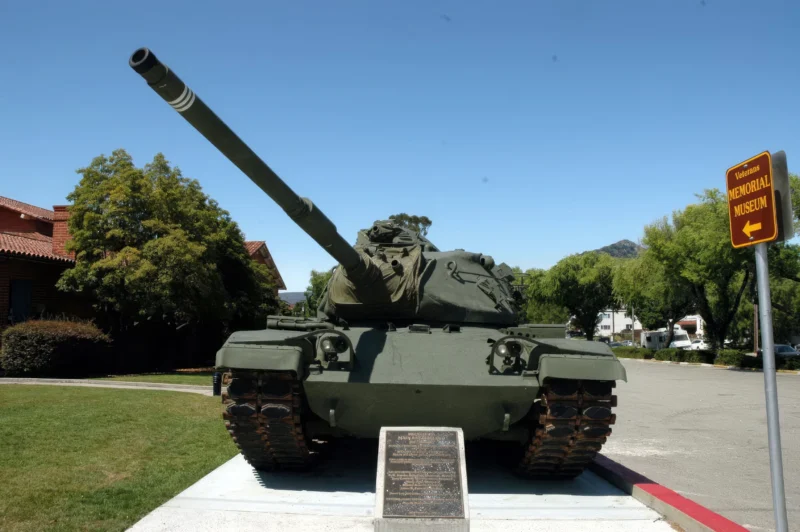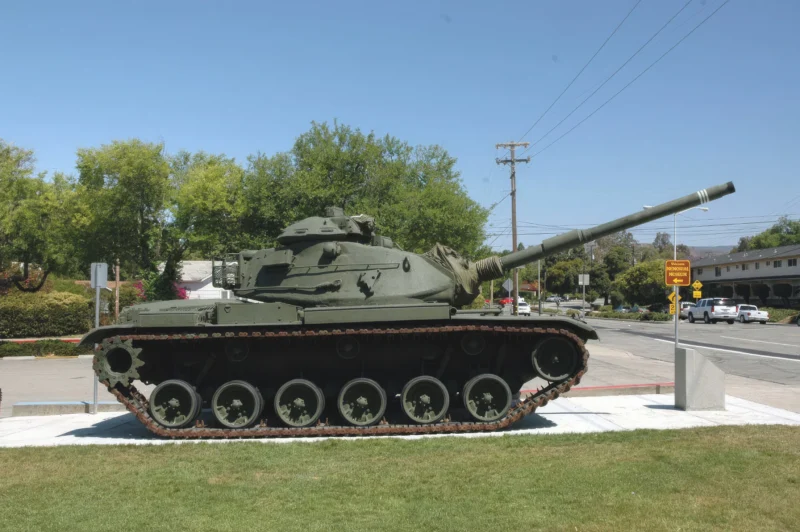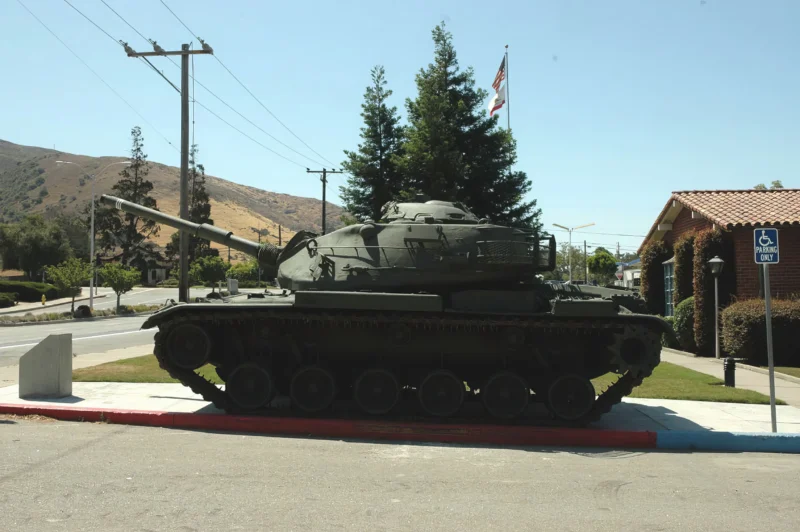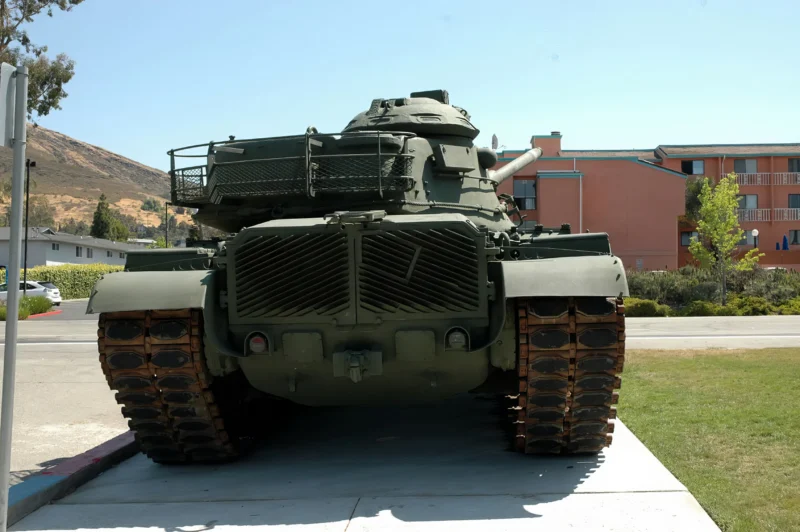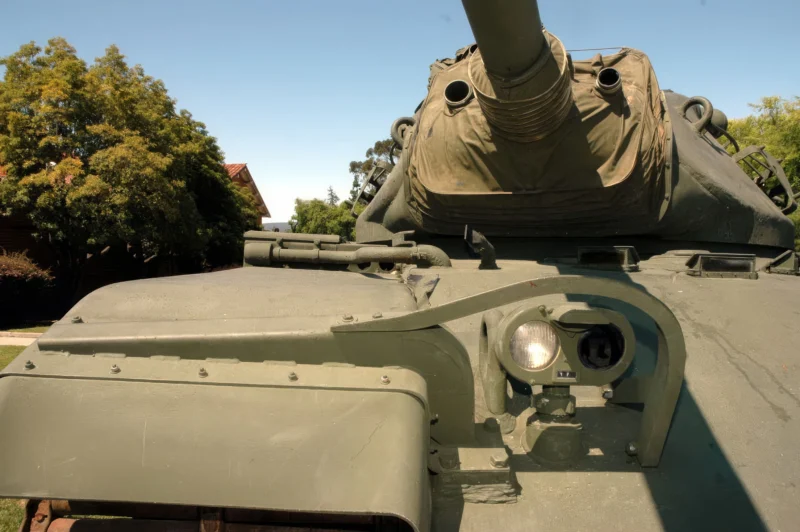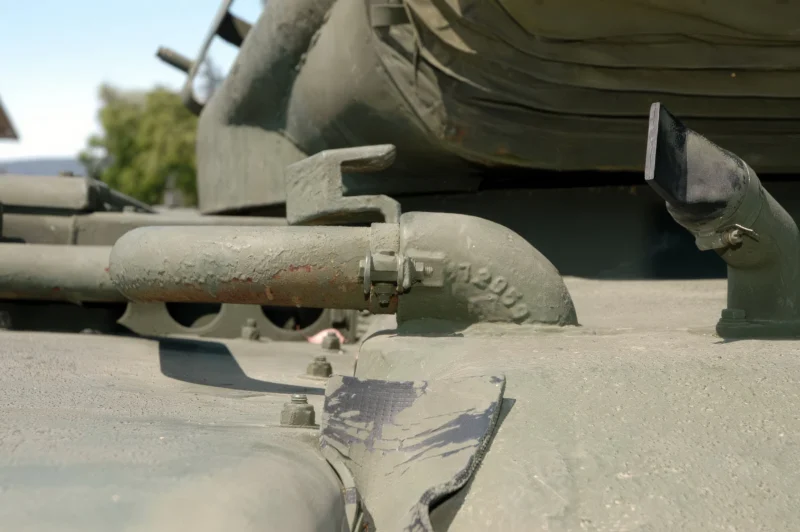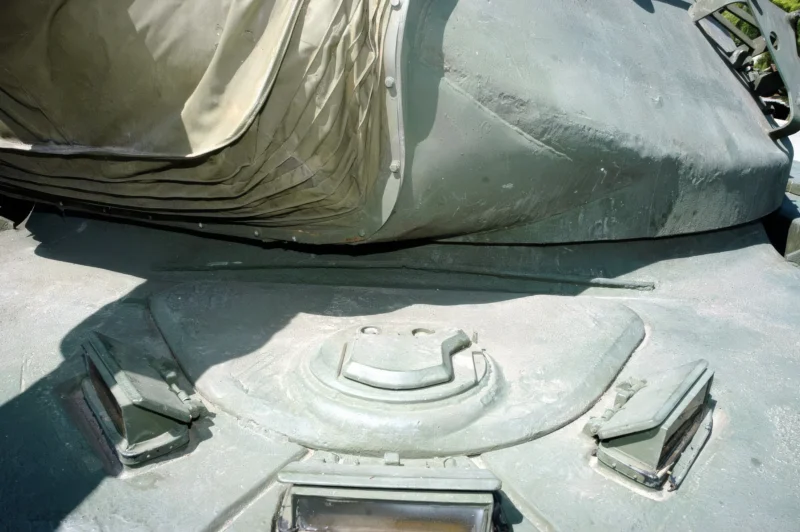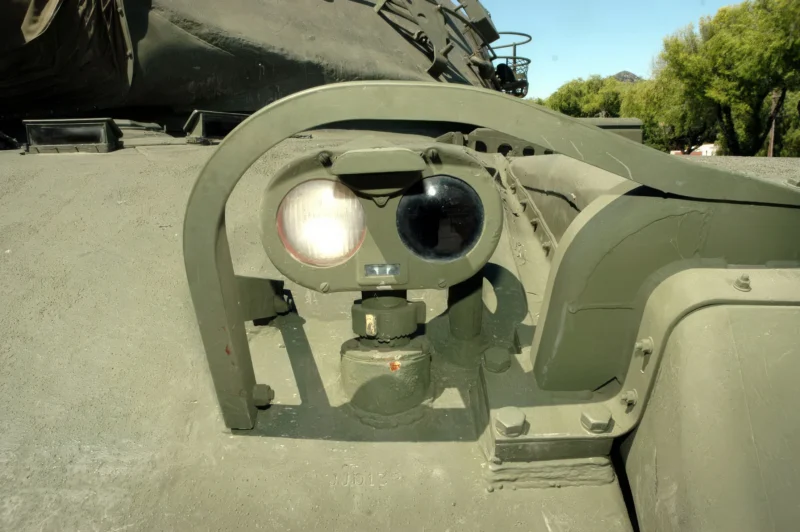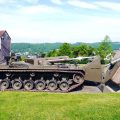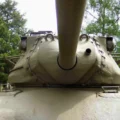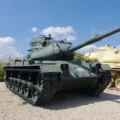el M60 es un tanque de batalla principal de segunda generación estadounidense (MBT). Fue oficialmente estandarizado como el Tanque, Combate, Full Tracked: Pistola de 105 mm, M60 en marzo de 1959. Aunque se desarrolló a partir del M48 Patton, la serie de tanques M60 nunca fue clasificada oficialmente, pero a veces agrupada informalmente, como miembro de la familia de tanques Patton. Las similitudes se pueden observar en la variante original del M60 y el M48A3. El Ejército estadounidense lo consideró como un "descendiente mejorado del producto" del diseño del tanque Patton. Los Estados Unidos se comprometieron plenamente con la doctrina MBT en 1963, cuando el Cuerpo de Marines retiró el último batallón de tanques pesados (M103). La serie de tanques M60 se convirtió en el principal tanque de batalla principal de Estados Unidos durante la Guerra Fría. Más de 15.000 M60 fueron construidos por Chrysler. La producción de cascos terminó en 1983, pero 5.400 modelos más antiguos se convirtieron en la variante M60A3 que terminó en 1990.
Fuente: Tanque M60 en Wikipedia
| M60A1 Walk Around |
|---|
| Fotógrafo | Vladimir Yakubov |
| Localización | Unknow |
| Fotos | 63 |
| M60A3 Patton Tank Walk Around |
|---|
| Fotógrafo | Riso Horcik |
| Localización | Unknow |
| Fotos | 69 |
| M60A1 Walk Around |
|---|
| Fotógrafo | Unknow |
| Localización | Unknow |
| Fotos | 57 |
The **M60A3** was the final and most technologically advanced variant of the US M60 tank series, serving as a critical component of American and allied armored forces during the latter half of the Cold War. While it retained the M60 family’s general layout and steel armor, its most significant improvements were centered around a highly modernized **Fire Control System (FCS)**, granting it superior first-round hit probability, especially at night.
Key Upgrades and Features
Unlike earlier models, the M60A3 focused on electronic and sighting systems rather than major changes to the main gun or armor:
- Laser Rangefinder: It replaced the older, less accurate optical coincidence rangefinder with a reliable **AN/VVG-2 laser rangefinder**, dramatically increasing ranging speed and accuracy.
- Ballistic Computer: The FCS incorporated a new **solid-state M21 ballistic computer** which automatically calculated fire solutions based on range, ammunition type, crosswind, and tank cant.
- Tank Thermal Sight (TTS): The most crucial addition was the **Tank Thermal Sight (TTS)** for the gunner. This system gave the tank a massive advantage by enabling the detection and accurate engagement of targets in complete darkness or poor visibility (smoke, fog, etc.).
- Main Gun: It retained the proven **105 mm M68 rifled gun** (a US-built version of the British L7), a NATO standard weapon, often fitted with a thermal shroud to reduce barrel warp from heat.
General Specifications
- Peso: Approximately 54 tons (combat loaded).
- Motor: Continental AVDS-1790-2C V-12 air-cooled diesel (750 hp).
- Road Speed: Around 30 mph (48 km/h).
- Tripulación: 4 (Commander, Gunner, Loader, Driver).
- Armamento: 105 mm M68 rifled gun, 7.62 mm coaxial machine gun, 12.7 mm anti-aircraft machine gun.
- Armadura: Rolled homogeneous steel armor.
Despite its superior FCS, the M60A3’s armor was less survivable against new anti-tank guided missiles and kinetic energy penetrators developed in the 1980s. It was eventually succeeded by the M1 Abrams tank in US service, though the M60A3 remains in use with numerous foreign armies.
Vistas : 6145

